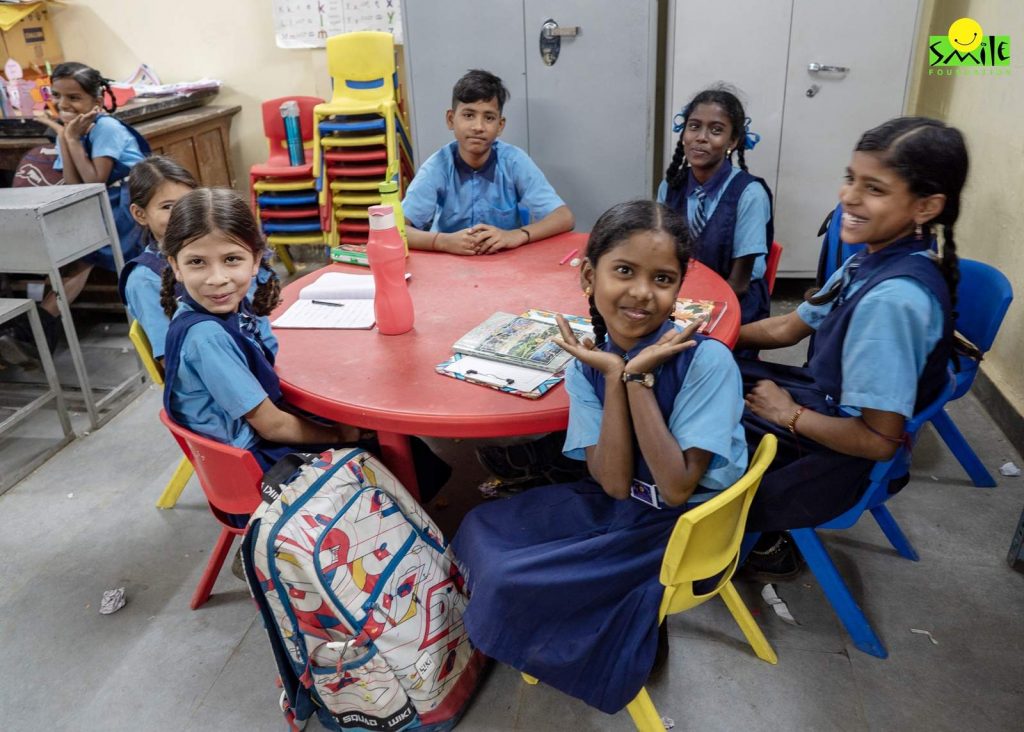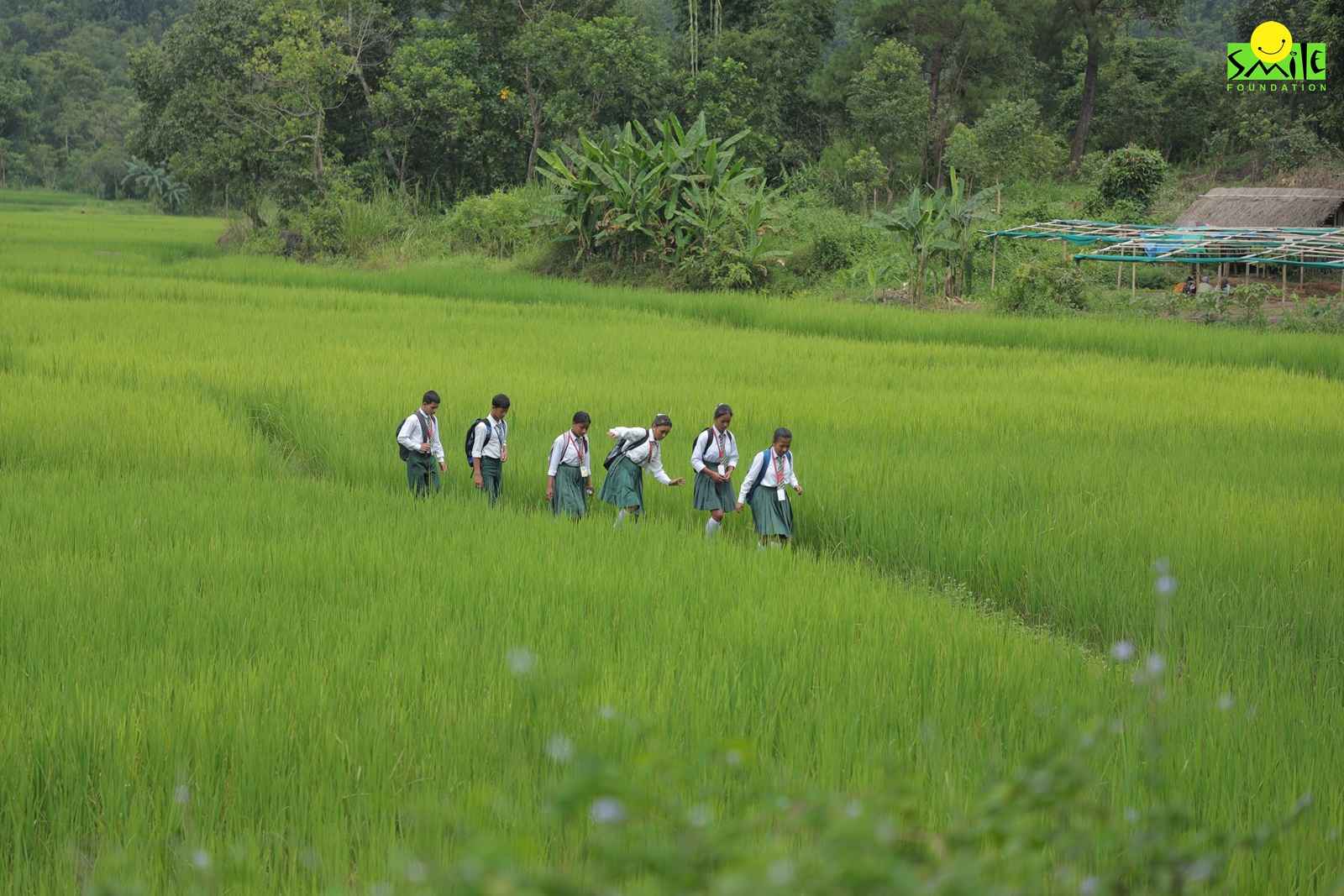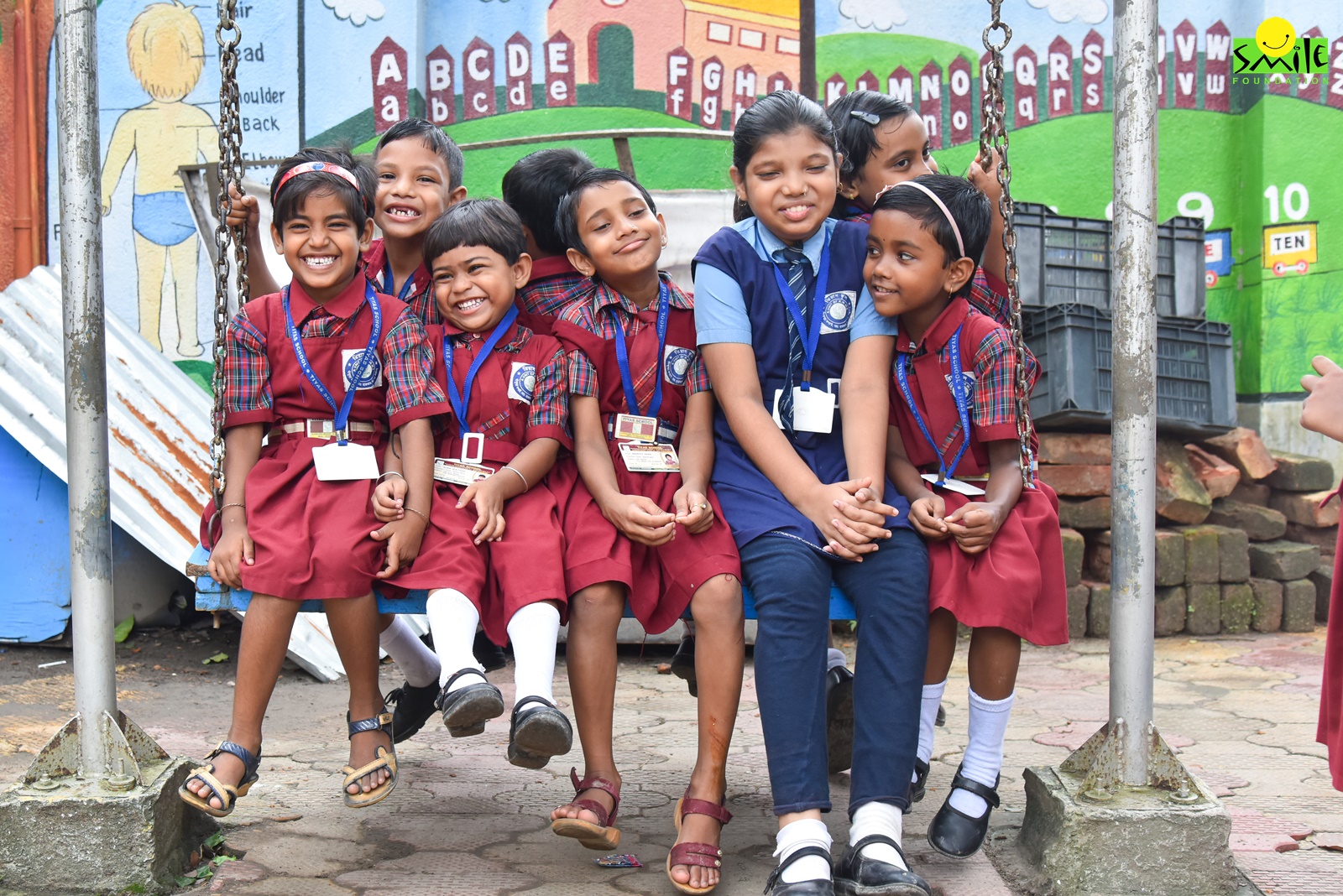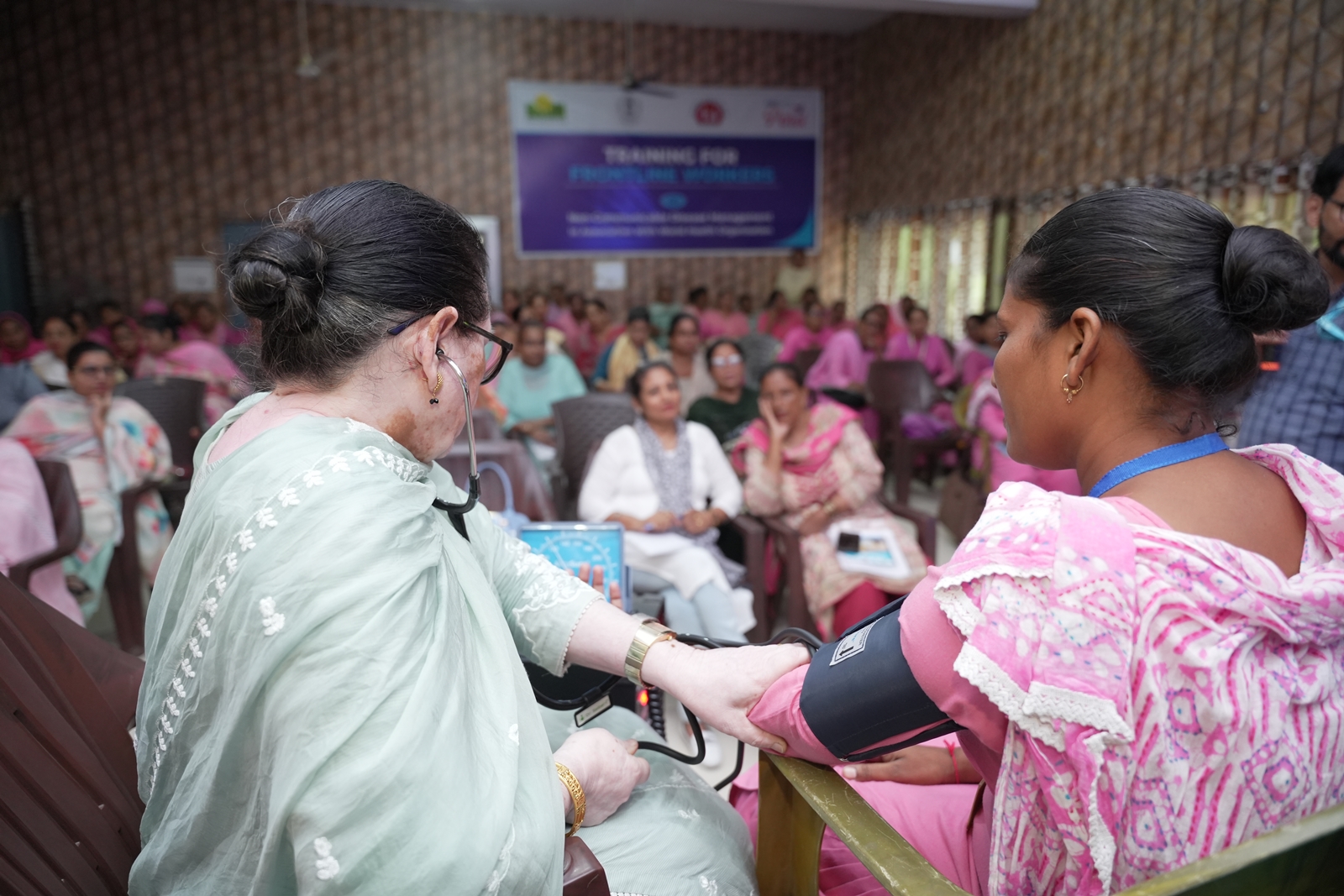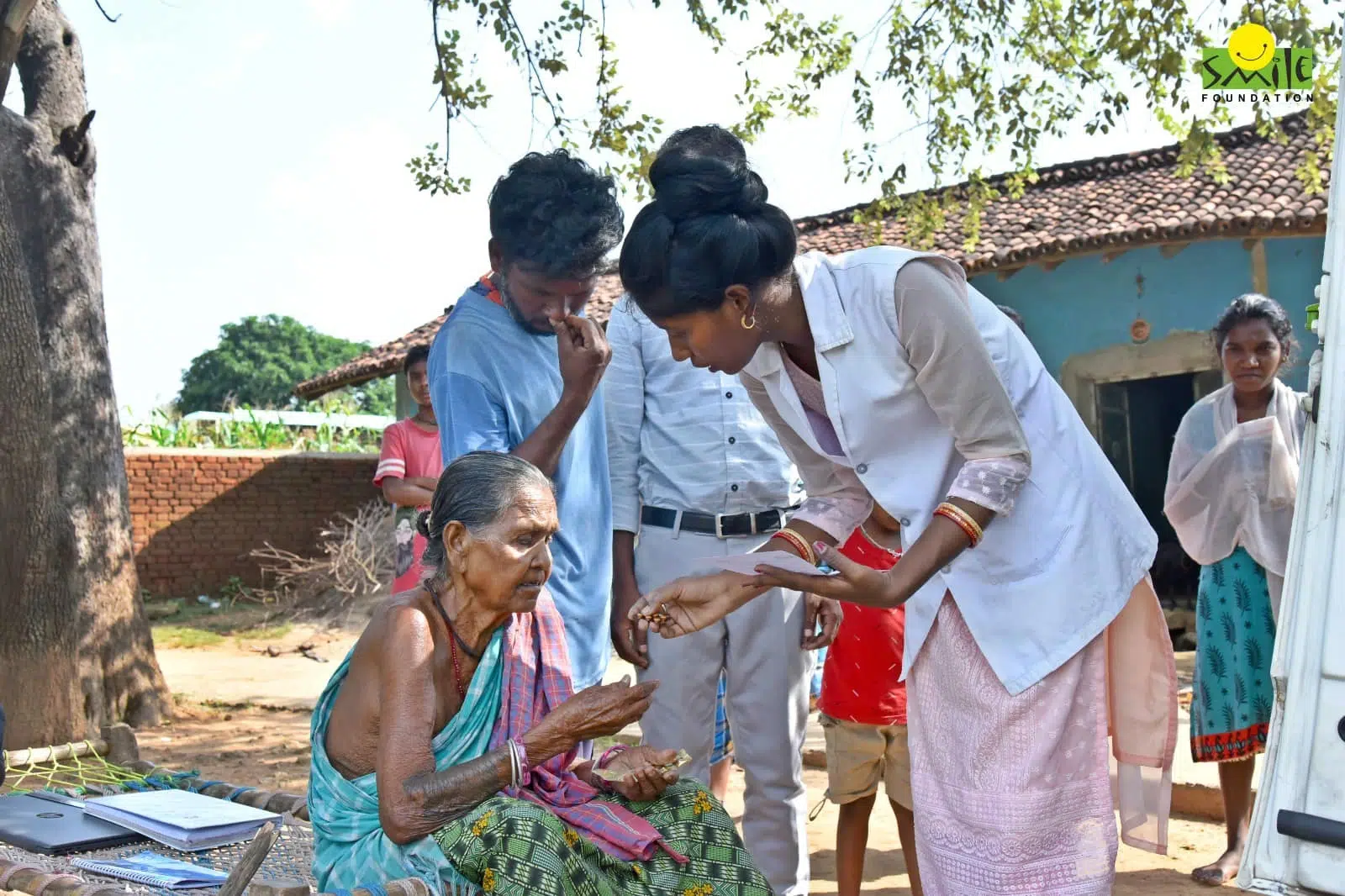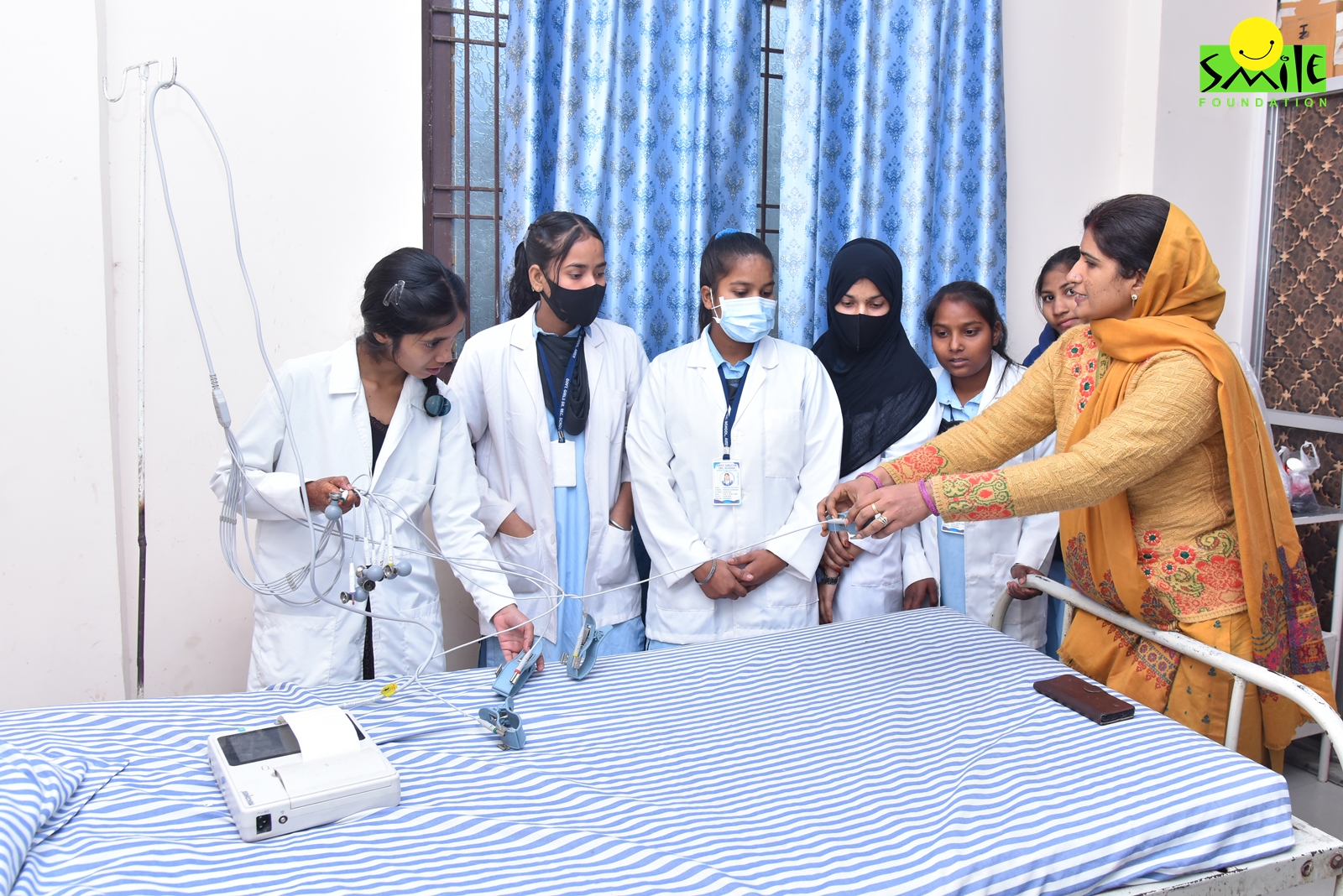In a world with complex challenges such as climate change, poverty, inequality, wars and global health crises, the United Nations Sustainable Development Goals (SDGs) provide a roadmap for a more sustainable and equitable future. While governments, businesses and organisations worldwide are working towards achieving these goals, the role of education in promoting awareness, understanding and action on the SDGs cannot be overstated. This needs to be done by building SDGs into the school syllabus.
By integrating the SDGs into the school syllabus, we have the opportunity to nurture a generation of empowered and socially conscious individuals who are equipped to address the pressing issues of our time.
Why Integrate SDGs into the School Syllabus?
Integrating the SDGs into the school syllabus serves several important purposes. Firstly, it exposes students to the global challenges and opportunities outlined in the SDGs from a young age, fostering a sense of global citizenship and responsibility. By incorporating topics of social value into various subjects, students develop a holistic understanding of these issues and their interconnectedness. This multidisciplinary approach encourages critical thinking, problem-solving and empathy, essential skills for navigating the world with practical knowledge about things of great importance.
Furthermore, integrating the SDGs into the school syllabus helps bridge the gap between theory and practice. Instead of learning about abstract concepts in isolation, students engage in real-world projects and activities that address local and global challenges.
Whether it is conducting environmental audits, organising community service projects or advocating for policy change, students have the opportunity to apply their knowledge and skills in meaningful ways, making a tangible impact in their communities.
Case Studies and Best Practices for building SDGs into School Syllabus
Several countries and educational institutions around the world have already made significant strides in integrating the SDGs into their school syllabi. For example, in Finland, the national core curriculum emphasises sustainable development across all subjects, from mathematics to arts and crafts. Students learn about environmental conservation, social justice and responsible consumption through hands-on projects and experiential learning opportunities. Similarly, other countries incorporate the SDGs into the curriculum and promotes active citizenship and environmental stewardship.
In addition to national initiatives, many schools and educators are taking innovative approaches to integrate the SDGs into their teaching practices. For instance, some schools have adopted project-based learning models, where students work collaboratively on interdisciplinary projects related to the SDGs. Others have incorporated service-learning components, where students engage in community service projects aligned with specific SDGs, such as food drives, environmental clean-ups or health awareness campaigns.
Challenges and Opportunities
While integrating the SDGs into the school syllabus offers immense benefits, it also presents certain challenges. One of the main challenges is the need for teacher training and capacity building. Many educators may lack awareness or understanding of the SDGs and how to incorporate them into their teaching. Therefore, investing in professional development programs and resources is essential to support teachers in effectively integrating the SDGs into their curriculum.
Additionally, there may be logistical challenges, such as aligning curriculum standards, developing appropriate teaching materials and assessing student learning outcomes. However, these challenges also present opportunities for collaboration and innovation. By leveraging technology, partnerships with civil society organisations and peer-to-peer learning networks, educators can overcome these obstacles and create engaging and impactful learning experiences for students.
Conclusion
Experts emphasise the urgent need to popularise the Sustainable Development Goals (SDGs) among students and foster collaboration among diverse stakeholders. This is with the recognition of students as potential ambassadors of change.
The capacity of students to instigate transformation, both individually and within their communities. Through their actions, students can generate positive change, focusing on personal goals and aspirations to contribute meaningfully to sustainable development.
Recognising the paramount importance of SDGs, experts are advocating for a significant increase in the incorporation of SDG-related themes into academic curricula. The transition from a mere 5 percent to 50 percent representation of SDGs in course content is being proposed, reflecting the growing significance of sustainability education across disciplines.
As educators, policymakers and stakeholders, we share a collective responsibility to ensure that every child receives a quality education that prepares them to contribute to a more just, peaceful and sustainable world. By embedding the SDGs into the school curriculum, we lay the groundwork for a brighter, more resilient, and inclusive future for generations to come.



